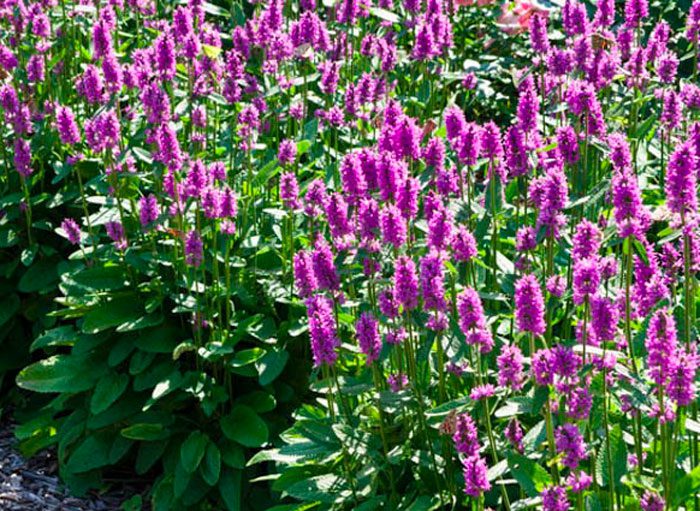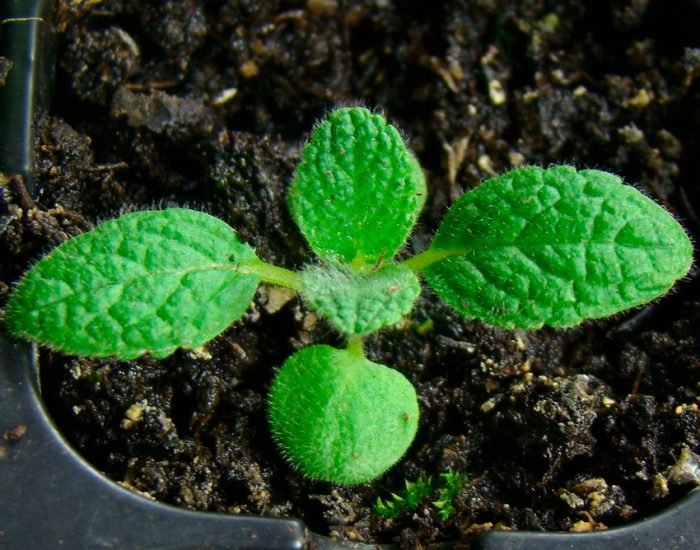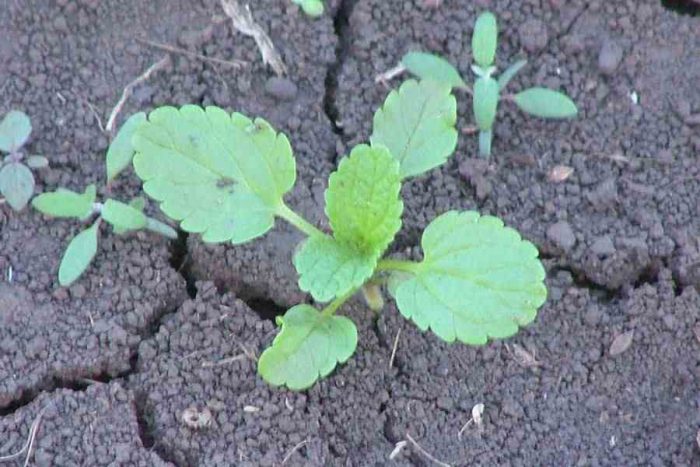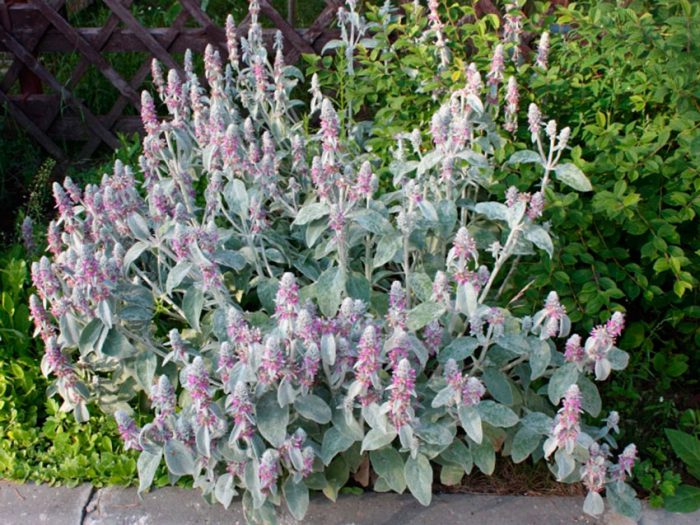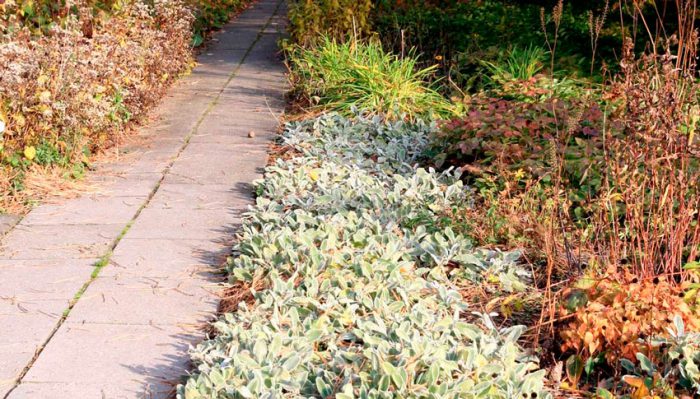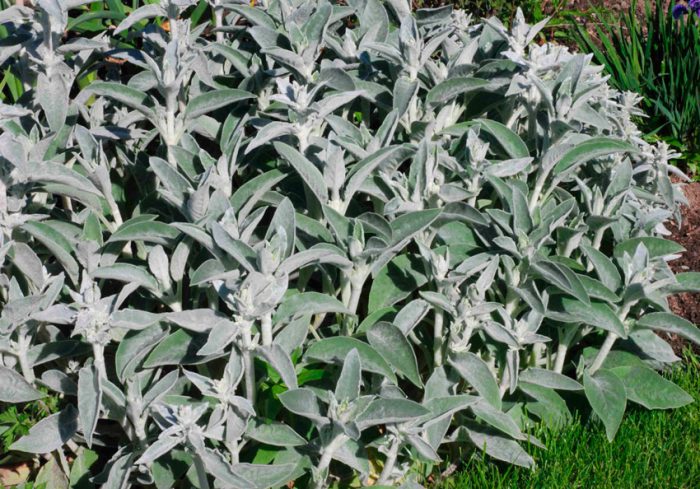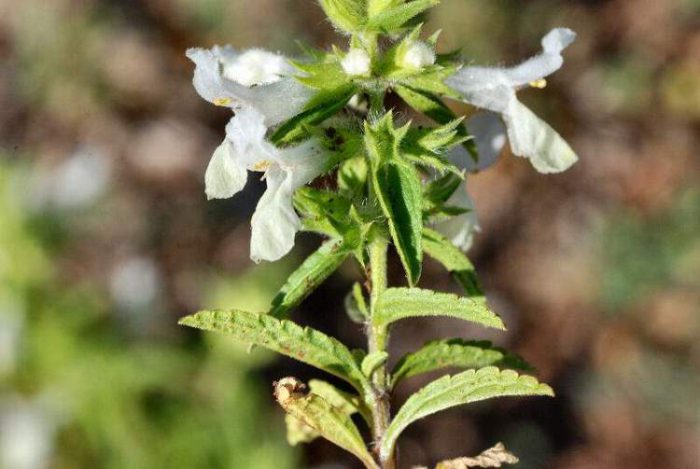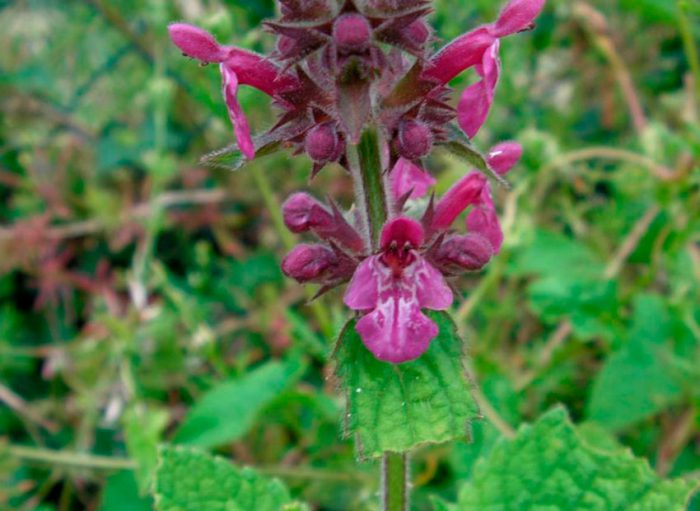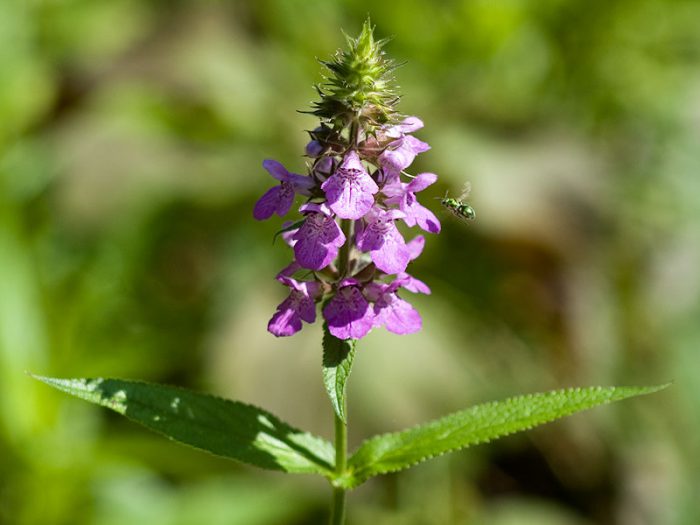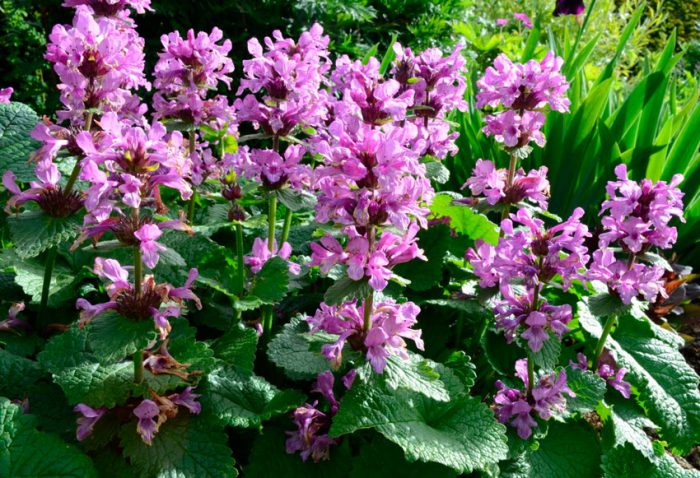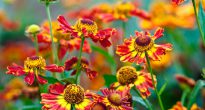The genus Stachys, also called stachis, is represented by dwarf shrubs and herbaceous annuals and perennials belonging to the Yaroslavl family. The word "stachis" means "ear", the fact is that the inflorescences of this plant are spike-shaped. Originally from Asia Minor and the Balkans, Chistets spread throughout Europe and Asia, and one day it became a cultivated plant. This genus unites more than 300 species that can be found in natural conditions in any corner of the planet except Australia and New Zealand. Stachis is grown as an ornamental and medicinal plant.
Content
Features of the purifier
The aerial parts of the stachis are covered with dense pubescence, even its leaf plates. In this regard, this plant is also called "chistets - sheep ears". The height of the bush can be up to 100 centimeters. Opposite leaf plates can be solid or serrated. The flowers are part of the false whorls, which in turn form spike-shaped inflorescences. The color of the flowers can be purple, yellow, lilac, pink or white. The fruit is a triangular nut, ovoid or oblong.
Growing a purse from seeds
When to sow
The herb stachis can be propagated by the generative (seed) method, as well as vegetative, which includes cuttings, dividing the bush and planting tubers. The seeds of this flower are distinguished by good germination. They are sown in the last winter or first spring weeks, using seedling soil mixture for this. After sowing, the substrate must be watered, and the container must be covered with foil and removed to a warm place. The seedlings should appear within four weeks. Plants are picked after they have grown a pair of true leaf plates.
Landing in open ground
It is recommended to plant seedlings in open soil in the last days of May, while the threat of night frosts should be left behind. For planting, it is recommended to choose a well-lit or shaded area. The soil can be almost any, stachis grows especially well on rocky or sandy soil of an alkaline or neutral reaction.But at the same time, remember that the soil must necessarily have a high moisture capacity.
The distance between the landing holes can vary from 15 to 20 centimeters. At the bottom of each hole, a drainage layer is made using pebbles, pebbles or coarse sand for this. From above, this layer is covered with soil combined with humus. After that, the seedlings with a clod of earth must be carefully transferred into the holes. The planted plants need abundant watering.
Caring for the cleaner in the garden
And planting and growing stachis is quite simple. All you need to do is to provide the flower with systematic watering, weeding and loosening of the soil. Before the plant blooms, it needs to be spud.
Watering such a plant should be moderate, since it reacts negatively to stagnant water in the root system. In this regard, the purse needs watering only during a prolonged drought, otherwise the foliage can fly around the bush.
Rotted manure is used to feed stachis. It should be applied to the ground only 1 time per season.
To prevent the plant from displacing other flowers, creeping uncontrollably over the garden plot, it is necessary to regularly prune its shoots. When sowing a purse, remember that it will be difficult to get rid of it with all the desire, since it is able to reproduce by self-seeding. In order to prevent self-seeding, it is necessary to cut off the flower shoots during the formation of buds. It should be noted that the inflorescences do not represent any decorative value, but they can spoil the appearance of the flower bed, so experienced gardeners recommend that they be removed.
Stachis can be grown without transplantation for several years. But over time, a void appears in the center of the bush. In this regard, once every 3 or 4 years, young sockets must be planted in the central part of the bush.
Pests and diseases
Stachis has a very high resistance to diseases and pests.
Purse after flowering
Perennial stachis is highly resistant to frost. But if forecasters predict a very frosty and little snowy winter, then the bushes are best covered with spruce branches. It should be remembered that such a plant can die in the spring if its root system is in the melt water for a long time. Therefore, when choosing a place for planting a purist, this must be remembered.
Types and varieties of chisel with photos and names
Woolly chisel (Stachys lanata)
Gardeners cultivate only a small part of the species, while the woolly chisel, or the Byzantine chisel, or the woolen chisel, or the sheep's ears (Stachys byzantiana) is the most popular. The homeland of such a flower is the northwestern regions of Iran and Turkey, the Transcaucasus and the south of the European part of Russia. The height of such a rhizome perennial plant can vary from 0.2 to 0.6 m. The tetrahedral shoots are slightly leafy and erect. Thick sheet plates have an oblong-linear or spatulate shape, they taper towards the base. Their surface is densely covered with white felt. Small lilac-pink or lilac flowers are part of dense spike-shaped inflorescences. It has been cultivated since 1782. The most popular variety is Silver Carpet: the bushes reach only 15 centimeters in height, they form a dense silver carpet.
One-year old purse (Stachys annua)
In nature, this species can be found in Asia Minor, Europe and Western Siberia. Branched or simple shoots in height can reach 15–35 centimeters. Their lower part is usually naked, while the upper part is shortly pubescent. The lower leaf plates are crenate, their shape is oblong, and wedge-shaped at the base, while the upper ones are serrate, sharp, lanceolate, sessile. The long spike consists of yellow-white flowers. The fruit is a nut. This flower is considered a good honey plant.
Forest chase (Stachys sylvatica)
Under natural conditions, it can be found in the Caucasus, Central Asia, Russia, Turkey, Europe and China. The height of the bush varies from 0.35 to 1.2 meters. Straight ascending shoots are soft-haired. Stem leaf plates are crenate-serrate, cordate-ovate, petiolate, they are pointed towards the apex. At the same time, the apical leaves are oblong, sessile, whole-edged, their front surface is pale green, and the back is green-grayish. The six to eight-flowered inflorescences are rather long.
Marsh chase (Stachys palustris), or black-thyme, or tenacious, or prickly, or grate
Under natural conditions, this species is found in Turkey, throughout Europe, in the European part of Russia, as well as in regions of Asia with a temperate climate (from Iran to China), and in Siberia. The height of the bush is about 1.2 m. On the aerial parts, there is a dense pubescence, represented by long rough hairs. The lower leaf plates are sharp, finely toothed along the edge, oblong, cordate or rounded at the base. The upper leaves are ovate-lanceolate, long-pointed, entire, sessile. The spike contains from 6 to 10 flowers of lilac-purple color.
Grandiflora (Stachys grandiflora)
In the wild, it grows in Asia Minor and the Caucasus. The height of this perennial plant is 0.2–0.3 meters. Long-petiolate leaf plates crenate along the edge have a rounded or heart-shaped shape. The height of the leafless peduncle is about half a meter, it bears a capitate inflorescence, consisting of large flowers. This species has several decorative forms, for example:
- Alba... The color of the flowers is white.
- Superba... The color of the flowers can vary from purple to pink.
Officinalis (Stachys officinalis)
This Eurasian species has a wide habitat. The bush can reach a height of 0.5–1 m. Crenate leaf plates have an oblong shape, heart-shaped at the base. The upper leaves are practically sessile, while the basal leaves have long petioles. The spike contains hairy flowers of dark pink or purple color.
Gardeners also grow such species as: fluffy, alpine, lavender, straight, narrow-leaved, field, Germanic, Cretan, etc.
Chisel properties
Among the numerous types of chisel there are those that stand out for their healing properties. They are widely used in alternative medicine. For example, woolly chisel is not one of the pharmacopoeial plants, but at the same time it is often used in folk medicine, because it has a hypotensive, antispasmodic, cardiotonic and hemostatic effect. Means made from such a plant (tincture, decoction or dry extract) are used in the treatment of colds, tuberculosis, mastopathy, nervous system disorders, eczema, scrofula and other diseases, as well as to lower blood pressure.
The scrub is widely used in obstetric and gynecological practice, both in traditional and alternative medicine. Funds made from it have a powerful hemostatic effect and are used for any uterine bleeding. Means made from the aerial part of the purifier have a wound healing and anti-inflammatory effect, they are used in the treatment of hemorrhoids, ulcers, eczema, purulent wounds and cuts. Chisetz is a part of the collection, which improves the blood supply to the brain, they are used in the treatment of epilepsy, hysteria and fainting.
It should be remembered that such a plant has contraindications. It is forbidden to use it for treatment for patients with nephritis, hypertension, hepatitis, bronchial asthma, also for convulsions and angina pectoris, as well as during pregnancy and lactation, and children. You can not use the purifier to treat people with an individual intolerance to this plant.

